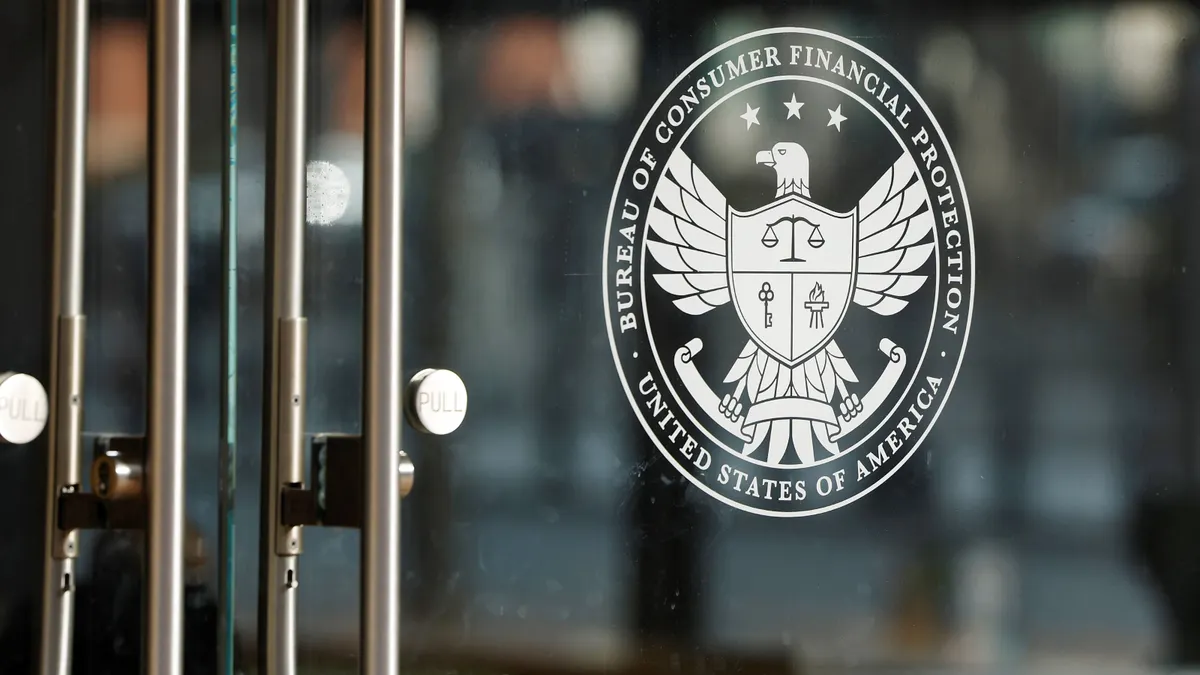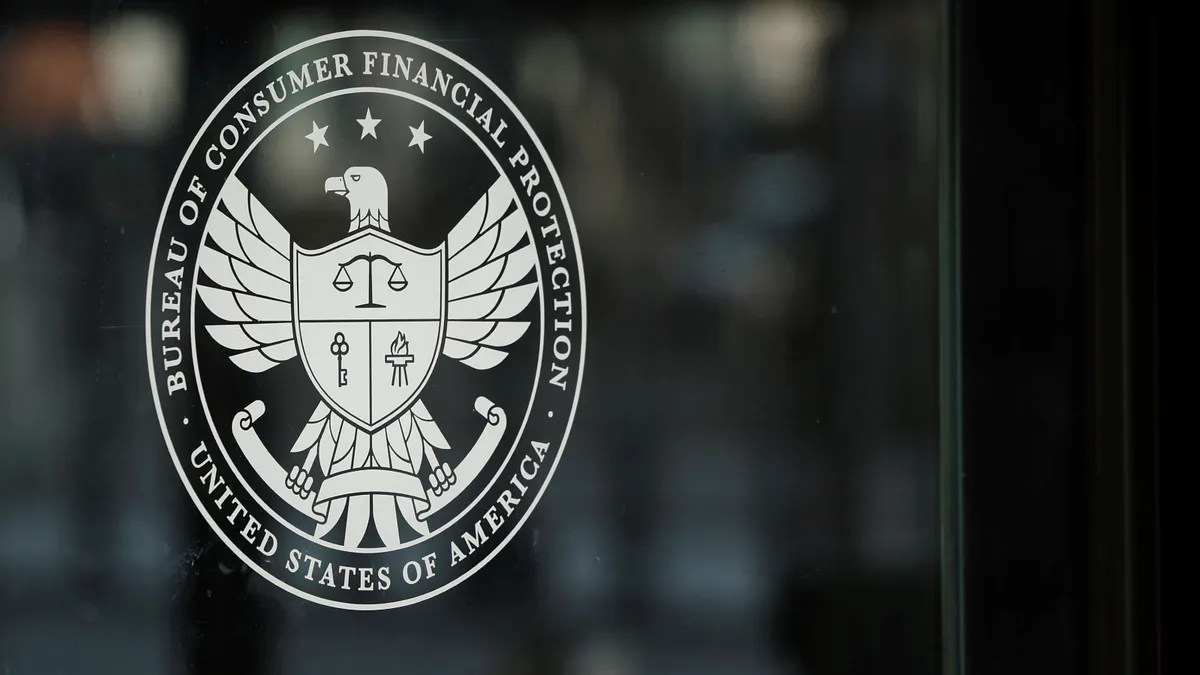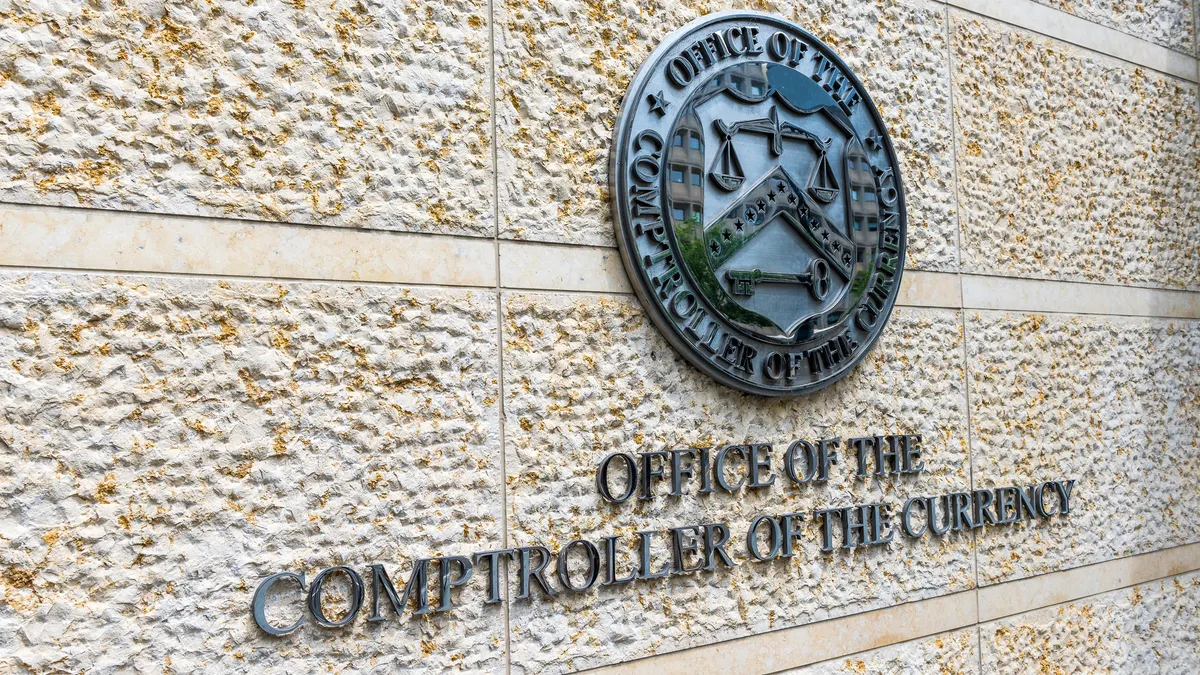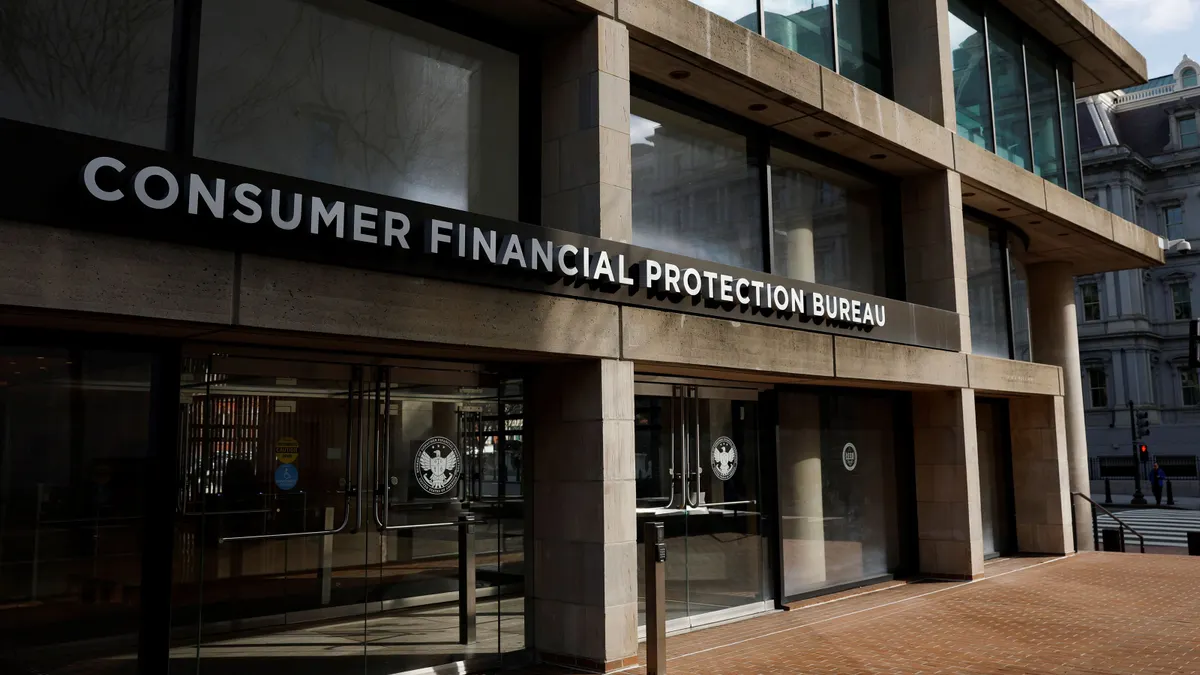Sen. Elizabeth Warren, D-MA, urged the Federal Reserve last week to withdraw a proposed rule that would let banks use an average of the past two years’ stress testing losses in the calculation of their stress capital buffer.
The changes are meant to reduce year-over-year fluctuations in the capital requirements that result from stress tests, the Fed has said.
“Put differently, it would provide more certainty to a firm regarding its SCB requirement year-to-year,” Warren, the Senate Banking Committee’s ranking member, wrote Wednesday in a public comment on the proposal. “Certainty is the opposite of what a stress test is designed to provide.”
Uncertainty, meanwhile, will drive banks to install “more prudent risk management frameworks and fund themselves with more capital,” Warren argued.
“The goal of the stress tests is to ensure firms have robust capital planning frameworks and enough capital to remain resilient to a range of possible outcomes, not just to any one year’s stress testing scenario,” Warren wrote. “A real-world financial shock does not provide big banks with a heads-up and advanced certainty on losses – and nor should the stress tests.”
The Fed in April said it planned this year to propose additional changes to stress-test transparency – including disclosing and seeking public comment on stress test models and hypothetical scenarios.
That prospect doesn’t have universal support within the Fed board. Fed Gov. Michael Barr, formerly the central bank’s vice chair for supervision, said the changes “risk turning stress testing into an ossified exercise that will provide false comfort in the resilience of the system.”
All 22 banks that participated in the Fed’s stress test this year have sufficient capital to endure a 30% decline in commercial real estate prices and a 33% plunge in housing prices, the central bank disclosed last month. That drove six of the U.S.’s seven largest retail banks on Tuesday to announce increases in dividends they give shareholders. Investment banks saw jumps, too. Goldman Sachs said it would increase its dividend by 33%. In addition to a 7.5 cent-per-share increase in its dividend, Morgan Stanley said Tuesday its board re-authorized a $20 billion share repurchase program.
The Fed itself acknowledged a countercyclical design in stress testing, which made this year’s exam less crushing than its predecessor. Goldman, for example, was forecast to lose up to $18 billion under last year’s severely adverse scenario. By comparison, the economic shock in this year’s test would have stripped the bank of $300 million.
Warren, for her part, characterized proposed stress test changes as “yet another example of the Fed’s looking out for Wall Street executives and shareholders at the expense of the American public.”
“The Fed does not have a statutory obligation to maximize Wall Street dividends, share buybacks, and executive bonuses,” she wrote Wednesday. “It does, however, have a statutory obligation to promote the safety and soundness of the banking system and the stability of the broader financial system.”
Warren also cited Fed efforts, during the first Trump administration, to ease capital requirements, saying the central bank in 2020 “watered down key stress testing assumptions, including by eliminating a requirement that big banks pre-fund nine quarters of planned dividends and buybacks.” A rule finalized at the time cut – to four – the number of quarters for which dividends and buybacks must be plotted out.
Additionally, the 2020 rule removed leverage ratio requirements from stress test calculations and no longer assumed banks’ balance sheets would grow during the stress testing horizon. Those tweaks further reduced capital requirements, Warren asserted Wednesday.
Of particular concern to Warren, from April’s Fed proposal, is the prospect of asymmetric averaging, an alternative under which a firm would only use a two-year average of losses projected in stress tests if it results in a lower buffer requirement than the one-year result.
“There is absolutely no policy justification for this asymmetric approach, other than working backwards to ensure the weakest possible capital requirements and highest possible shareholder payouts for Wall Street,” Warren wrote Wednesday. “Unlike many of the Trump administration’s deregulatory proposals, which at least attempt to veil the dangerous changes under a false facade of reasonable policymaking, this alternative doesn’t even try.”
Warren takes umbrage, too, at the Fed’s suggestion that it’s open to eliminating a stress capital buffer dividend add-on – and that the central bank broaches the topic in a question designed to elicit public comment.
“What would be the advantages and disadvantages of removing the dividend add-on component from the calculation of a firm's stress capital buffer requirement?” the question reads.
“Procedurally, if the Fed is considering making this significant change, it should re-propose the rule with an updated impact analysis to provide the public an opportunity to comment – instead of discreetly slipping a question into this proposed rule and adopting the policy in a final rule,” Warren wrote.
Warren asserted the proposal lacks other analysis, too – of the cost-benefit sort, especially. The proposal “provides vague platitudes regarding alleged benefits and costs without any detailed analysis or effort to weigh the benefits and costs against one another,” she wrote.
The Fed, for its part, has scheduled a July 22 conference to focus on the effectiveness of capital requirements for large banks – and potential revisions to them. Topics such as Basel III endgame rules, the stress testing framework and capital surcharges for global systemically important banks are expected to arise.
Warren may characterize tweaks to the Fed’s stress-testing policy as a concession to big banks. However, trade groups still sued the central bank in December, arguing that stress test models are “adopted in secret” and produce “vacillating and unexplained requirements and restrictions on bank capital.”
A federal judge stayed the trade groups’ case until Aug. 1. The Bank Policy Institute, American Bankers Association, U.S. Chamber of Commerce and other plaintiffs, in May, noted “progress” the Fed had “made to date.”





















